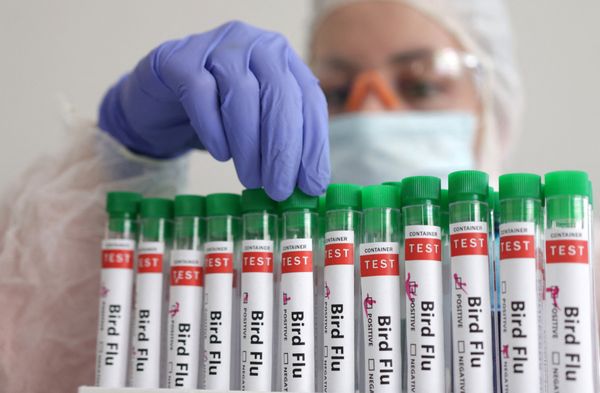
The idea is to store cheap green power during off-peak hours by raising water to a height and then releasing it into a lower reservoir to generate electricity when demand increases. Such pumped storage plants help integrate renewable energy into the power system, as large storage facilities can help keep power grids stable since electricity is produced intermittently from clean energy sources such as solar and wind.
“We are working a lot on new pumped storage plants. As part of this, our discussions are ongoing with Andhra Pradesh for signing an MoU (memorandum of understanding). These plants are in Andhra Pradesh," said NHPC chairman and managing director Abhay Kumar Singh.
As the proposed projects in Andhra Pradesh are under the New & Renewable Energy Development Corp. of AP Ltd, NHPC has approached the state government for a joint venture with the state PSU.
NHPC has approached Maharashtra to prepare pre-feasibility reports and detailed project reports.
“We are doing some pre-feasibility reports for similar projects in Madhya Pradesh, Maharashtra, Jharkhand and Odisha," Singh added.
Of the planned pumped storage plants, 9.05 GW will be in Maharashtra and 6.6GW in Andhra Pradesh. Odisha, Jammu & Kashmir and Mizoram have a proposed capacity of 2.5GW, 1.65GW and 1GW, respectively. This assumes significance given that NHPC has an installed power generation capacity of 7.071GW through 22 projects. It has another 7.539GW capacity under construction and projects totalling 7.652GW in various stages of clearance.
India has an installed renewable energy capacity of 156.6GW and has set an ambitious target to raise this to 500GW by 2030. Around 96GW has been identified as a potential capacity for hydro pump storage schemes. According to the Central Electricity Authority, India will need 10GW of hydro-pumped storage plants by 2030 and 27GW of battery storage with four hours of storage.
Mint earlier reported India’s plans to de-licence the building of standalone battery storage systems; allow their sale, lease or hire; and permit the sale of stored power through power-purchase agreements on exchanges.
A discussion paper on the policy also said the government could waive power transmission fees to sell and purchase electricity from these storage facilities. The Union budget for FY23 proposed including energy storage systems such as dense charging infrastructure and grid-scale battery systems in the harmonized list of infrastructure.
“Energy storage systems will benefit generating companies, distribution companies of the states, grid operators, and other players in the electricity value chain. They will facilitate peak shifting, peak shaving, ramp up/ramp down, and frequency control in the system and enhance the utilization of the Transmission System.
“ESS (energy storage system) is considered essential for a smooth energy transition from coal-based to renewable sources and to a cleaner environment. Highlighting the elements of the proposed policy, (power minister) R.K. Singh stated that storage would henceforth be a part of the Renewable Purchase Obligation," union power ministry said in a 27 January statement.
rituraj.baruah@livemint.com







